Older homes carry a unique charm and character, often reflecting architectural styles from bygone eras. However, they also come with their fair share of challenges, particularly when it comes to electrical systems. As technology and electrical standards have evolved over the years, many older homes may experience a range of common electrical issues.
These issues can pose safety risks, impact energy efficiency, and hinder the use of modern appliances and devices. In this article, it’s important to explore some of the common electrical problems found in older homes and discuss their implications and potential solutions.
#Outdated Wiring
One of the most prevalent issues in older homes is outdated wiring. Many older homes were built using knob-and-tube or aluminum wiring, which do not meet modern safety standards. These types of wiring are more susceptible to wear and tear, insulation breakdown, and fire hazards.
Solution
The best solution for outdated wiring is to have it replaced with modern, safer alternatives, such as copper wiring. A licensed electrician such as someone from Super Power Electric should assess the wiring and recommend the appropriate steps to ensure safety and compliance.
#Insufficient Outlets
Older homes were not designed with the same number of electrical devices and appliances in mind as today’s homes. As a result, they often lack the sufficient number of outlets needed to accommodate modern electrical needs. This can lead to overloaded power strips and extension cords, increasing the risk of electrical fires.
Solution
Installing additional outlets strategically throughout the home can help distribute the load and prevent overloading. It’s important to have a licensed electrician perform this task to ensure proper installation and compliance with electrical codes.
#Inadequate Grounding
Grounding is a safety feature that protects against electrical shocks and fires by providing a pathway for excess electrical energy to dissipate. Older homes might have inadequate or outdated grounding systems, which can increase the risk of electrical accidents.
Solution
Upgrading the grounding system to meet current safety standards is crucial. This may involve installing ground fault circuit interrupters (GFCIs) in outlets, upgrading grounding wires, and ensuring proper bonding of electrical components.
#Obsolete Electrical Panels
Many older homes are equipped with outdated electrical panels that lack the capacity to handle the electrical demands of modern appliances and devices. This can lead to frequent circuit overloads, tripped breakers, and inefficient power distribution.
Solution
Upgrading the electrical panel to a modern, higher-capacity one is necessary to accommodate the increased power requirements of today’s technology. This upgrade should be performed by a qualified electrician to ensure safety and compliance.
#Frayed or Damaged Wiring
Over time, wiring can deteriorate. Frayed or damaged wiring increases the risk of electrical shorts, sparks, and fires.
Solution
Any frayed or damaged wiring should be promptly repaired or replaced by a licensed electrician. Regular inspections can help identify and address potential hazards before they escalate.
#Obsolete Light Fixtures
Older homes may still have outdated light fixtures that do not meet current electrical standards. These fixtures may lack proper grounding, insulation, or compatibility with energy-efficient bulbs.
Solution
Replacing obsolete light fixtures with modern, energy-efficient options can improve safety and energy efficiency. Ensure that installations are carried out by a qualified electrician.
#Non-Compliant DIY Work
Over the years, homeowners or previous occupants may have attempted DIY electrical work that does not meet safety codes. Improperly installed outlets, switches, and wiring can pose significant hazards.
Solution
Any DIY electrical work should be inspected and, if necessary, corrected by a licensed electrician. It’s essential to have all electrical work conducted by professionals to ensure compliance and safety.
#Flickering Lights and Electrical Interference
If lights frequently flicker, dim, or appliances cause electrical interference, it could indicate an overloaded circuit, loose connections, or faulty wiring.
Solution
Diagnosing and addressing the underlying causes of flickering lights and electrical interference requires the expertise of a licensed electrician. They can identify the issues and recommend appropriate solutions.
#Unprotected Outdoor Wiring
Older homes may have outdoor wiring that is not adequately protected against the elements. Exposed wiring can be damaged by weather conditions, rodents, and other external factors, leading to electrical hazards.
Solution
Outdoor wiring should be properly insulated and protected in conduit to prevent damage and ensure safety. An electrician can assess the existing outdoor wiring and make necessary upgrades.
#Inadequate Circuit Breaker Capacity
Older homes may have electrical systems that were designed for a lower demand of electricity. As households add more appliances and devices, the electrical load increases, potentially leading to tripped breakers and overloads.
Solution
Upgrading the circuit breaker to handle higher electrical loads is essential for preventing frequent outages and fire hazards. A licensed electrician can assess the existing electrical system and recommend the appropriate upgrades.
#Obsolete Wiring Materials
Some older homes might have wiring made of materials that are no longer considered safe, such as cloth-covered wiring or aluminum wiring. These materials can deteriorate over time, increasing the risk of fire.
Solution
Replacing obsolete wiring materials with modern, safer alternatives is recommended. This involves rewiring the affected areas of the home with materials that comply with current safety standards.
#Knob-and-Tube Wiring
Knob-and-tube wiring, commonly found in homes built before the 1930s, lacks the grounding and insulation features of modern wiring systems. This makes it a safety concern and an impediment to using modern appliances.
Solution
Replacing knob-and-tube wiring with modern wiring is crucial for safety and functionality. The replacement process should be carried out by a licensed electrician to ensure compliance with current electrical codes.
#Limited Capacity for Electronics
Older homes were not designed with the multitude of electronic devices we use today in mind. This can lead to overloaded circuits, insufficient power supply for electronics, and the need for constant adjustments.
Solution
Adding dedicated circuits for electronic devices or upgrading the overall electrical system can help accommodate the increased demand for power. An electrician can assess the load requirements and make the necessary enhancements.
#Lack of Dedicated Circuits
Many older homes lack dedicated circuits for specific appliances like refrigerators, microwaves, and air conditioners. Sharing circuits with multiple devices can lead to circuit overloads.
Solution
Installing dedicated circuits for high-demand appliances is advisable to prevent overloads and ensure reliable performance. An electrician can determine the appropriate circuit requirements.

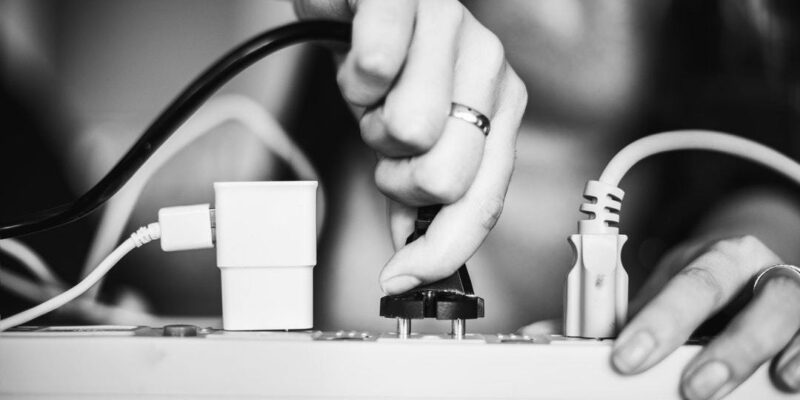

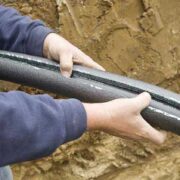
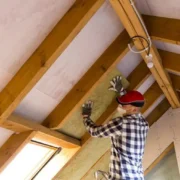
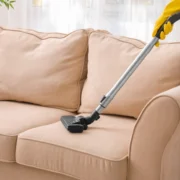
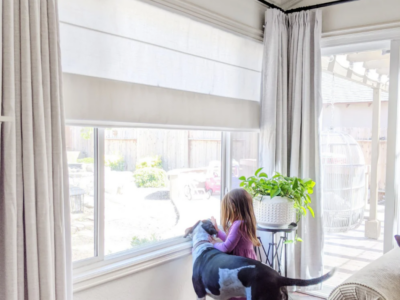

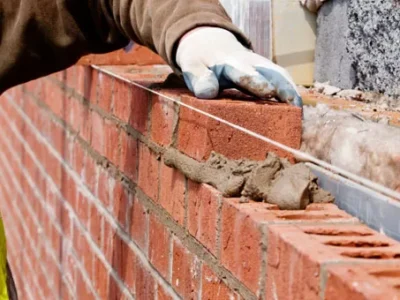
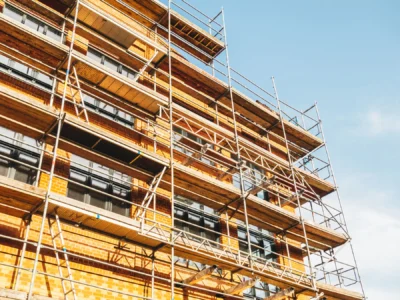
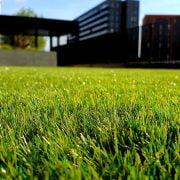


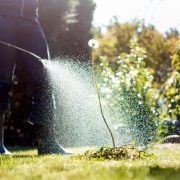
Comments